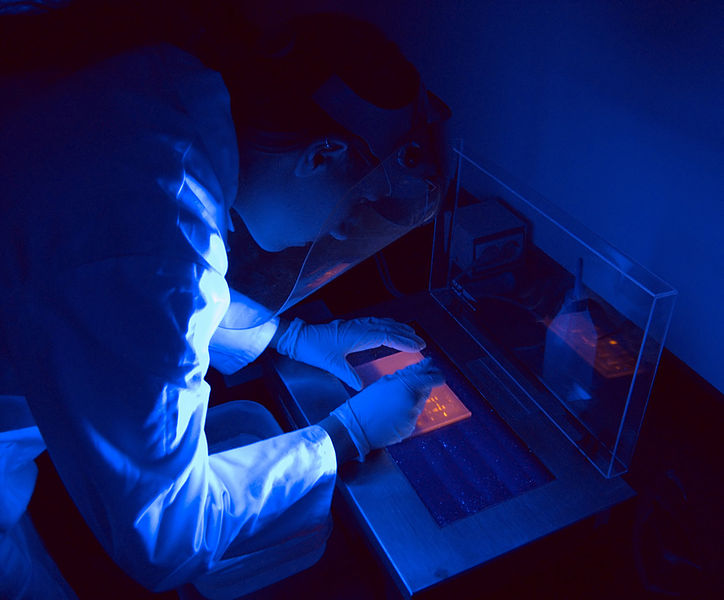The Chinese gene-editing experiment was an outrage. The scientific community shares blame.
By J. Benjamin Hurlbut, Sheila Jasanoff and Krishanu Saha,
The Washington Post
| 11. 29. 2018
This is the experiment that was not supposed to happen.
A Chinese scientist claimed this week that he had produced the first genetically engineered babies — twin girls who have been “edited” to be resistant to HIV. He and his collaborators, who apparently include a professor at Rice University in Houston, allegedly applied the genome editing tool known as CRISPR to embryos produced through in vitro fertilization to modify a gene called CCR5. The purpose of the edit was to prevent future HIV infection, a move akin to a genetic vaccination.
Three years ago, scientists, social scientists and ethicists gathered in Washington at the National Academy of Sciences for the first international summit on human gene editing, to discuss scientific, social and ethical issues surrounding human applications of this powerful new tool. One result of the meeting was a call for a voluntary international moratorium on reproductive applications of genome editing until there was “broad societal consensus” about when making such heritable modifications is ethically acceptable.
Nothing remotely like a consensus has been reached, yet the research races ahead. Numerous...
Related Articles
By Jonathan Matthews, GMWatch | 12.11.2025
In our first article in this series, we investigated the dark PR tactics that have accompanied Colossal Bioscience’s de-extinction disinformation campaign, in which transgenic cloned grey wolves have been showcased to the world as resurrected dire wolves – a...
By Jenny Lange, BioNews | 12.01.2025
A UK toddler with a rare genetic condition was the first person to receive a new gene therapy that appears to halt disease progression.
Oliver, now three years old, has Hunter syndrome, an inherited genetic disorder that leads to physical...
By Simar Bajaj, The New York Times | 11.27.2025
A common cold was enough to kill Cora Oakley.
Born in Morristown, N.J., with virtually no immune system, Cora was diagnosed with severe combined immunodeficiency, a rare genetic condition that leaves the body without key white blood cells.
It’s better...
By Rachel Hall, The Guardian | 11.30.2025
Couples are needlessly going through IVF because male infertility is under-researched, with the NHS too often failing to diagnose treatable causes, leading experts have said.
Poor understanding among GPs and a lack of specialists and NHS testing means male infertility...




